Building of the Day: 2170 Bedford Avenue
Tucked in across from early 20th century flats buildings, one-story retail shops and later 6 story apartment buildings is this delightful church complex, a story-book Arts and Crafts confection.

Photo by Suzanne Spellen
Brooklyn, one building at a time.
Name: Faith Assembly of God Church, formerly Young Israel of Prospect Park, originally Zion Lutheran Church.
Address: 2170 Bedford Avenue
Cross Streets: Corner of Martense Avenue
Neighborhood: Flatbush
Year Built: early 20th century, before 1913.
Architectural Style: British Arts and Crafts inspired
Architect: Unknown
Landmarked: No
The story: I enjoy wandering around neighborhoods that are unfamiliar to me, and finding architectural gems, sometimes, around every corner. Tucked in across from early 20th century flats buildings, one-story retail shops and later 6 story apartment buildings is this delightful church complex, a story-book Arts and Crafts confection. But wait, there was more history here…..
Upon closer inspection, this Assembly of God Church had obviously been a Jewish synagogue at one time. The stained glass rose window, as well as others, had Jewish iconography: Mogen David stars, tablets, and Hebrew lettering. A mystery! This looks like no other shul I’ve seen, what’s the story here?
The internet yielded only half the story, but enough to answer a few questions. The church that had been a synagogue had started out as a church. It was a branch of the Zion Lutheran Church, its parent church still on Henry Street, in Brooklyn Heights. Zion Lutheran had been founded by some of Brooklyn’s many German immigrants. Their most influential pastor was the Reverend Dr. Emil C. J. Kraeling, who served as pastor in the church from 1890 until 1940. In his first years at the Henry St. church, he founded the Flatbush branch, as German Lutherans in the area were in need of their own church. Despite pouring over the Builder’s Guide records, I was not able to find any record of the church’s date, or architect.
However, a NY Times story from 1913, written about the pastor of the Bedford Avenue church, gave me both the name, and an approximation of the date. The church and rectory complex are in an American version of the British Arts and Crafts style, popular for its village, rustic, cottagey, and often Tudor/Elizabethan inspired architecture. This style of architecture in the United States would stay popular until the Great Depression, resulting in such whimsical styles as the Storybook Cottage style, and the ever-popular Stockbroker Tudors.
I was not able to find when the Lutherans sold the buildings to the Young Israel congregation, but it was they who installed the current stained glass windows. The rose window has a menorah, Star of David, the 10 Commandment Tablets, and other Jewish symbols still intact in the glass. Young Israel had the building until 1988, when the city filed a vacate order. The building then went to the Assemblies of God, who have been here ever since. Their congregation is made up of people from all over the West Indies, Nigeria, other African countries, and America. From Germany to Eastern Europe, to Africa, and the New World, by way of an English village. This building has echoed with the prayers of the world. GMAP
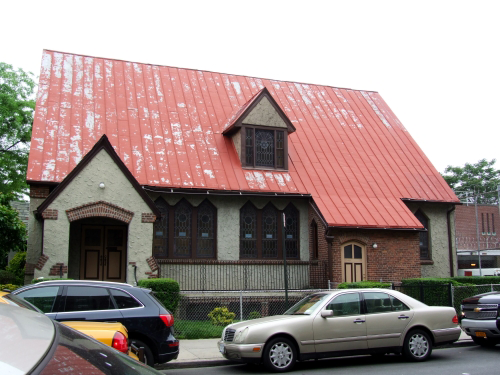
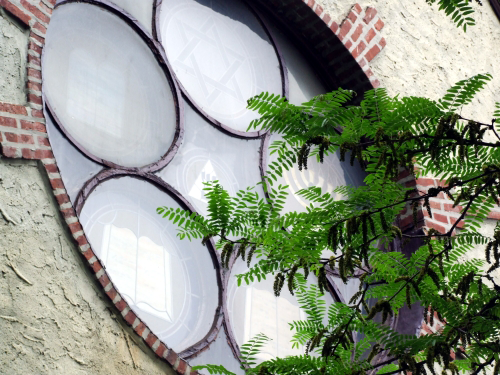
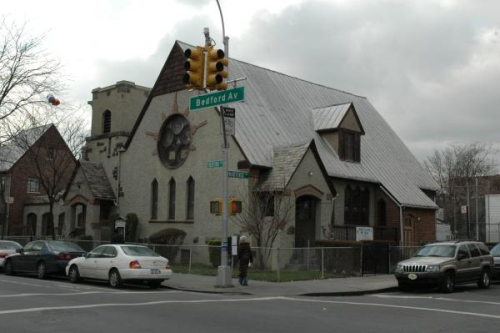

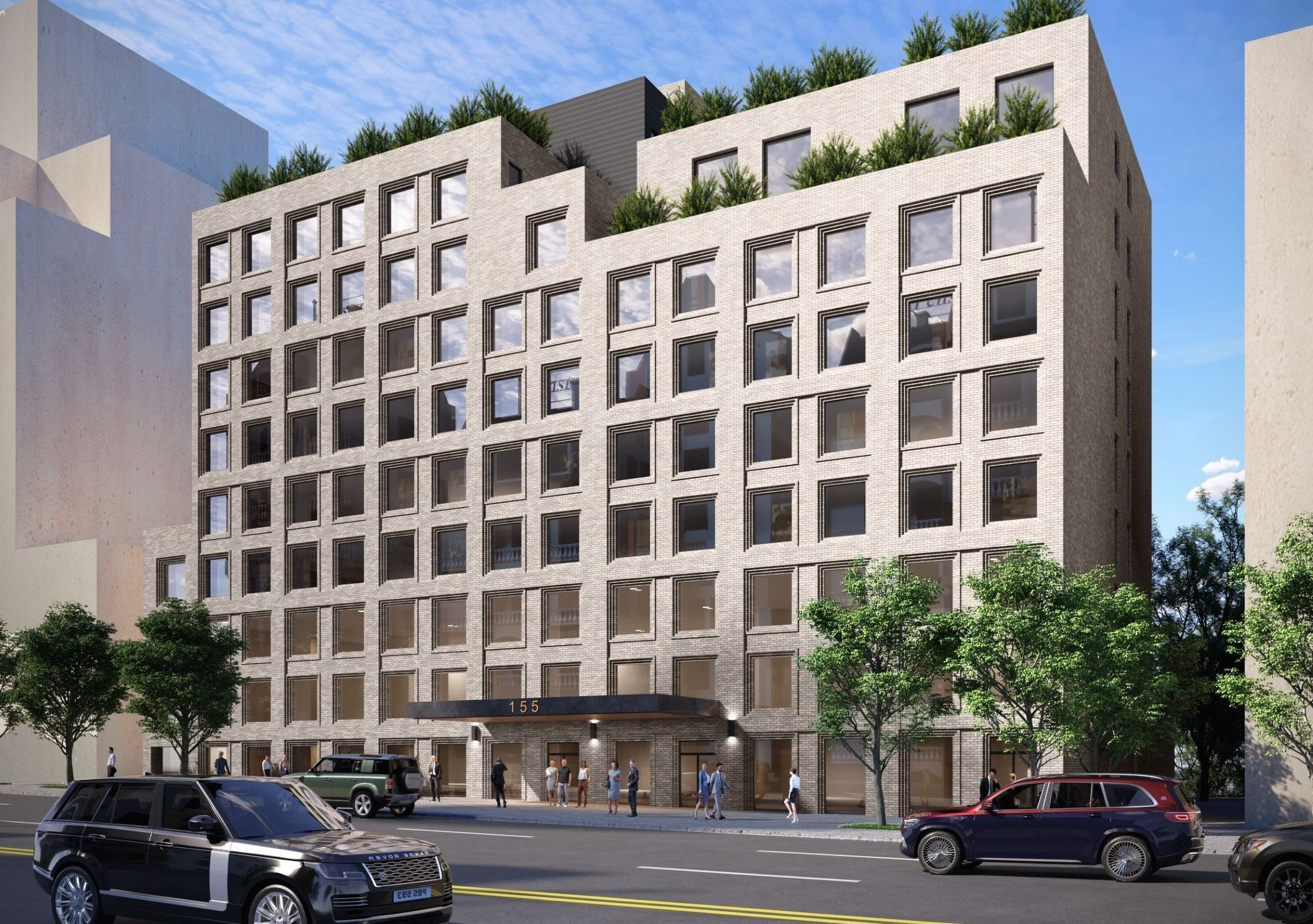
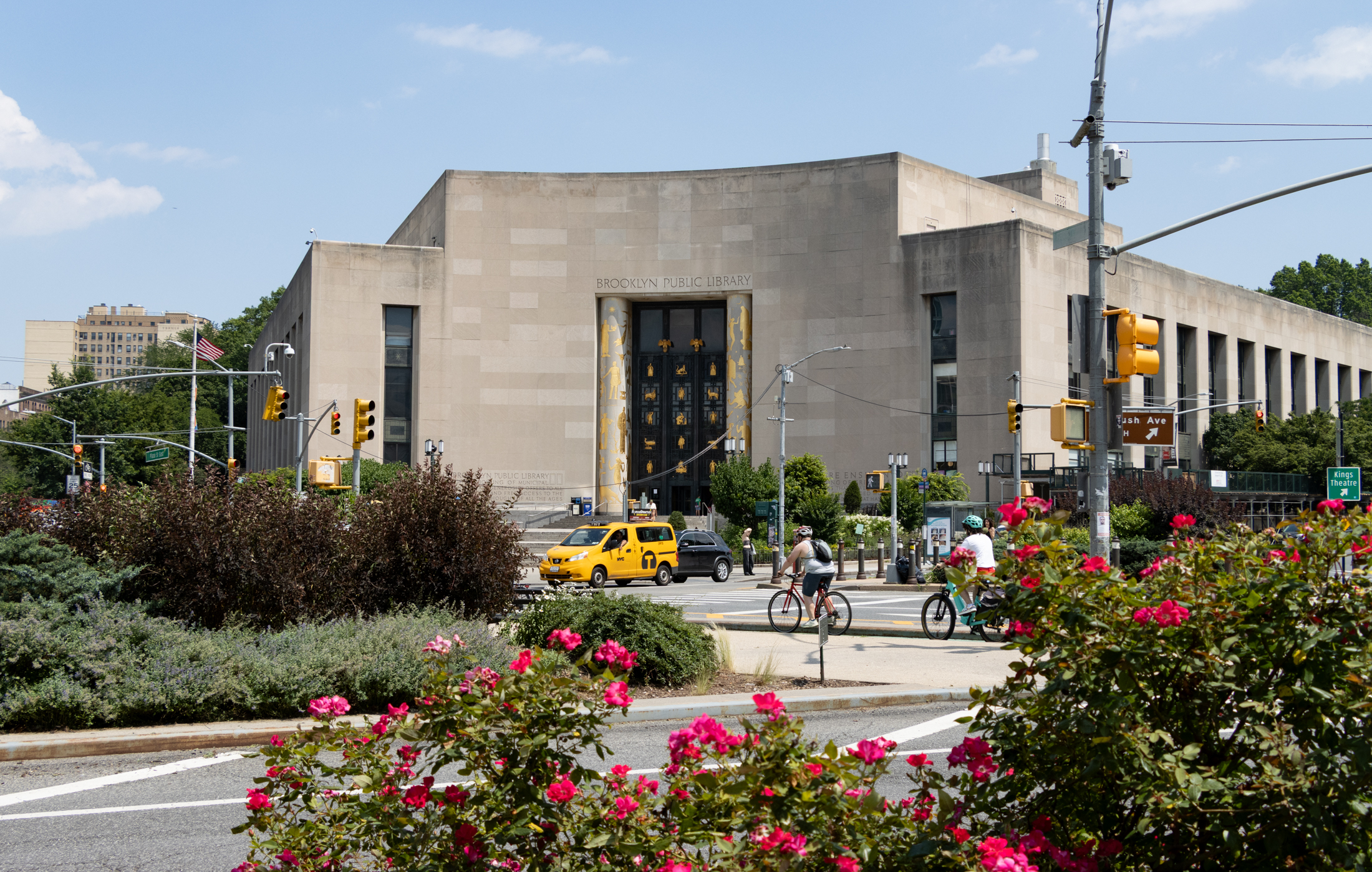
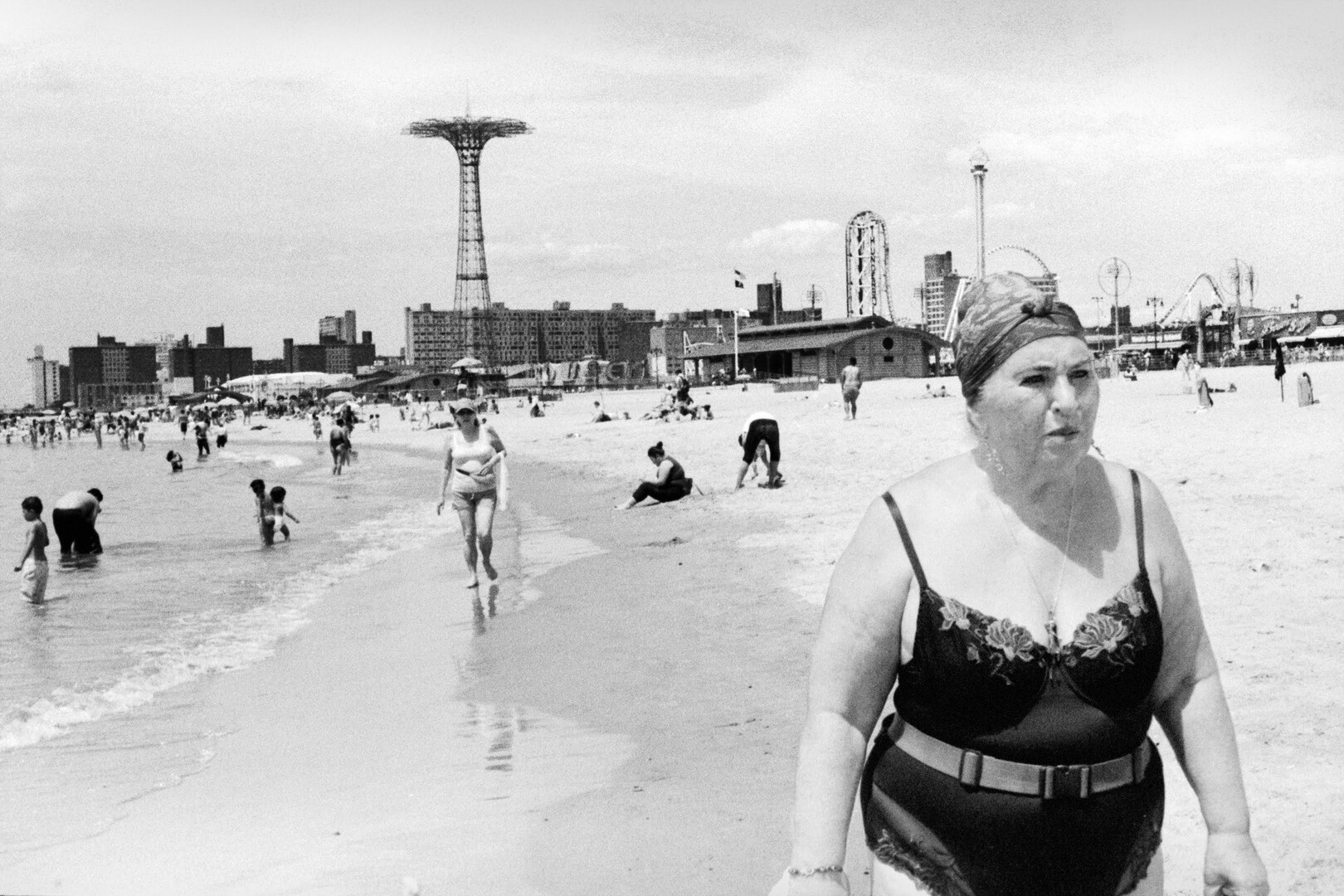
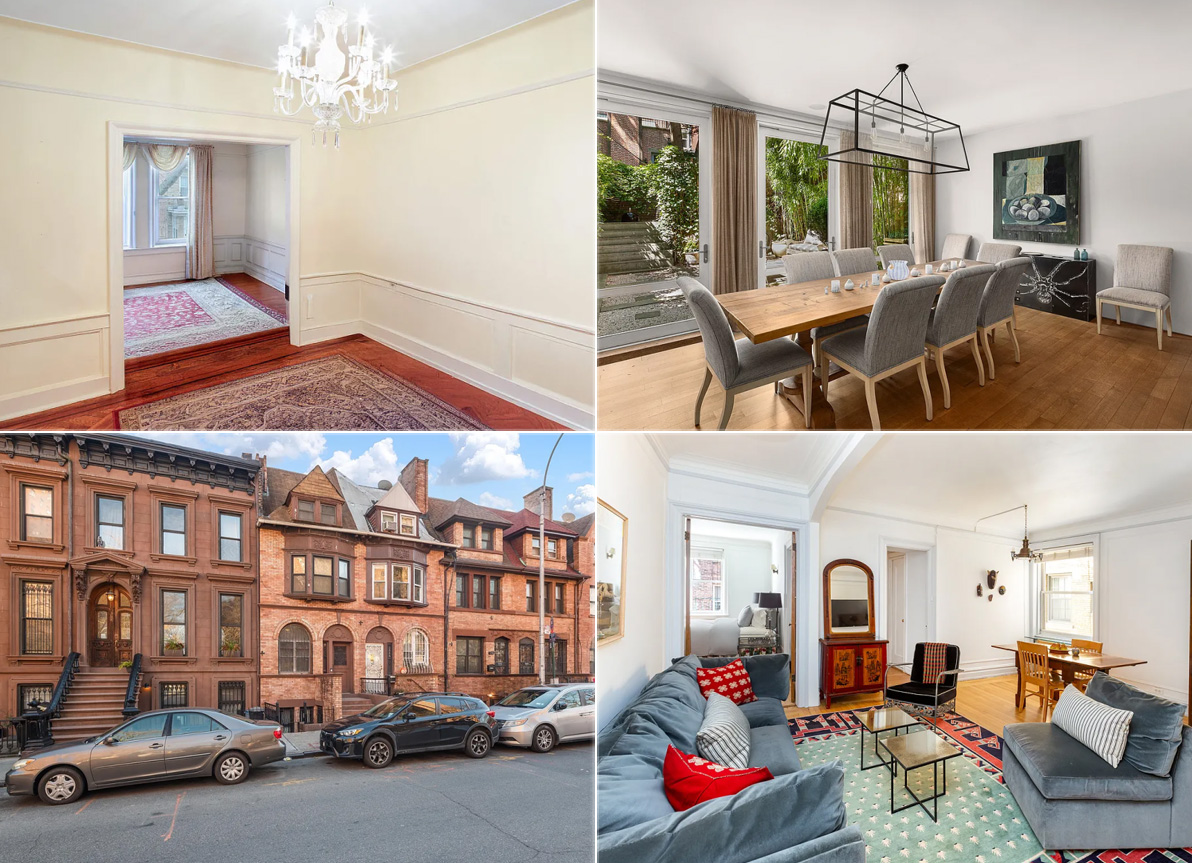
The triangle at the center of the circles of the big stained glass is a Young Israel symbol (the letters “yodh” and “tzadi” for “Yisrael haTZair”, i.e., Young Israel).
Probably a street name change or something. “Zion Lutheran” in 1912.
c
there are quite a number of church-to-synagogue and synagogue-to-church examples in Brooklyn. Human populations move and change but large buildings stay put and are reused.
This group is very appealing.